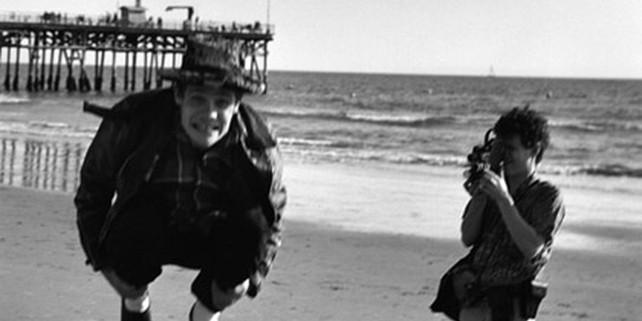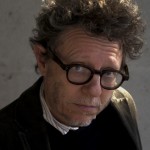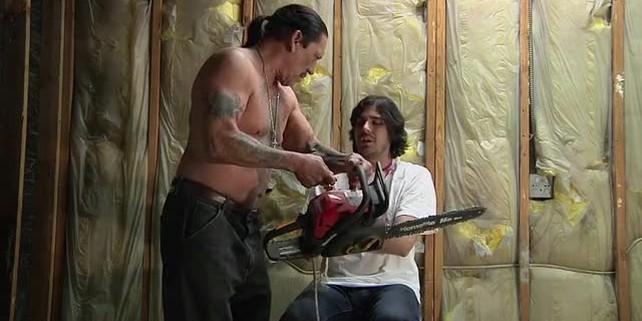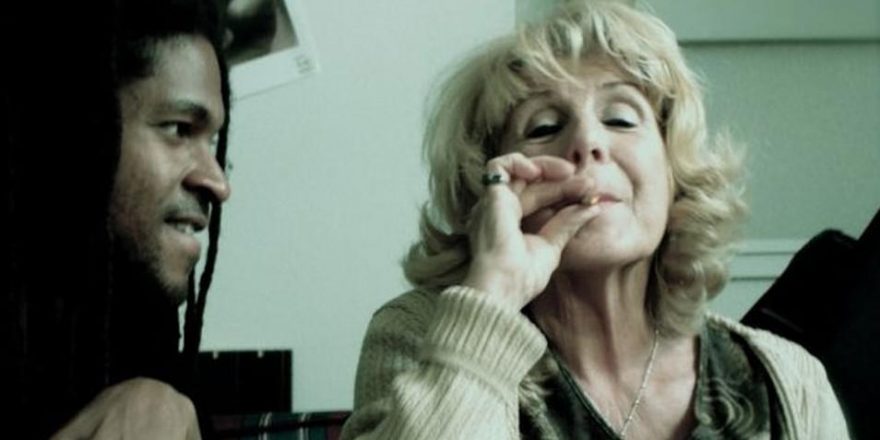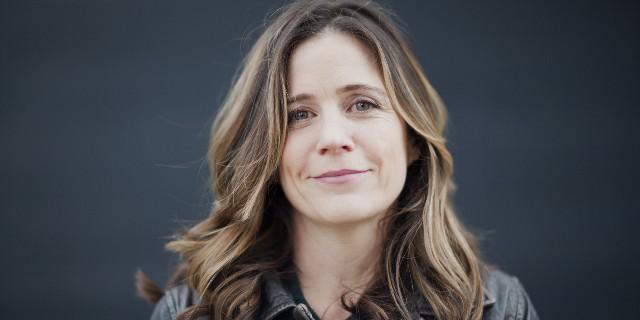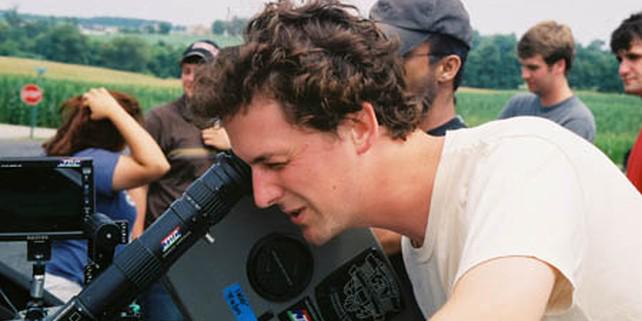People are always telling tell me that my life is marked by an unusual number of coincidences, that the number of criss-crossing links connecting people and events for me is uncanny and almost nonstop.
On the face of it, this seems impossible. Don’t we all exist within the same interconnected network of corresponding incidents? Shouldn’t the points of intersection be roughly the same in number for everyone?
But looking back, I really have to marvel at how often connections are made that defy any and all sense or statistical possibility — and radiate like spokes on a hub to so many other points, themselves similarly radiating.
Thinking about it in the context of my filmmaking, I realize my work depends on these aligned miracles, and I relish their existence. I could start anywhere and branch out to hundreds of examples — but to maintain a degree of clarity, I’ll start at the beginning, with the inception of my career in cinema.
The starting point itself is so unremarkable as to be almost invisible, an event that should have been lost at once and forever in the sea of mundane events. It was 1979, at Bard College, on a chromatic day with fall advancing me towards my four-year finish line. My friend Stacy Milgrim (who was an off-and-on macrobiotic, her daily allotment of tempura occasionally transitioning to a diet of onion rings) dropped by long enough to make an introduction. She said something awkwardly telegraphic like, “Jeff, this is Dan Marmorstein, he’s a friend of Harry Smith.” And then they walked off, not knowing how to continue the stilted conversation.
The name Harry Smith was dropped to impress me, and it did. He is legendary many times over. I thought of him back then as the filmmaker who’d listed his masterpieces in the Film-Makers’ Cooperative Catalogue according to the drugs he’d consumed during their making.
Then, two years later…
I was living on Ludlow Street in New York City, at a time when the neighborhood’s entire retail economy consisted of a line to buy crack in a bodega, and another line to buy heroin through a hole punched in the wall of a bricked-up building. One night I was across the street from Katz’s Deli at a party given by friends of a friend, Al and Jane by name, whose prodigious sexual activity was legendary and known to everyone.
Jane, it turned out, came from the same soul-sucking Jewish suburb on Long Island as I did and had been friends with my sister, despite their radically different life-paths. In fact, I thought she looked exactly like my sister’s wild twin. Al was from the neighborhood. He was Puerto Rican and coping with the bitter fact of being the unrecognized half of a fictional graffiti artist he had created with Jean-Michel Basquiat.
Being socially awkward, I stayed only long enough for one conservation with a guy I vaguely knew. He presented himself with the romantic but suspicious claim of being a writer getting by as a cabdriver. He caught my eye and launched into it like this: “Do you know Harry Smith?”
By that time, I had in fact met Harry Smith and was terrified by the troll-like sight of him. I was the projectionist the night he presented Heaven and Earth Magic, a multi-screen transcendence programmed at Films Charas, a venue squatted in an abandoned public school on Avenue B. I’m still relieved he was satisfied enough with my projector-craft to spare me from attack.
“I’ve met him,” I said.
He said, “He was in my cab yesterday with some guy and they were both tripping on acid and having the most incredible conversation I’ve ever overheard in my entire life.”
Then, not knowing how to carry this stilted conversation any further, I nodded affirmatively and went home.
The next day I was waiting to get into a screening at Film Forum. As usual I was early and standing near the front of a long line. I looked up as Dan Marmorstein approached. I don’t think he recognized me, and I would never have been so bold as to remind him, but I had something to say. “Hey, didn’t Stacy Milgrim introduce us at Bard a few years ago?”
“She might have.”
“And when she introduced us, didn’t she say that you were a friend of Harry Smith’s?”
“Harry is a friend of mine.”
“Well, that’s funny, because just yesterday this guy told me he had Harry Smith in his cab, and that he was tripping on acid with a friend and having the most amazing conversation he had ever overheard.”
Dan was delighted. “That was me! We were tripping and it was the most incredible conversation I’ve ever had in my life!” He took his place beside me in line and we were, from that moment on, close friends.
Later, Dan happened to mention his intense hatred for telephone answering machines. They were a relatively new consumer item back then and most people I knew viscerally despised them. I had passed through the hate phase and arrived at an alternative view, that they produced opportunities that would otherwise be missed. Suddenly convinced, Dan bought one, and the very first message he received was from Marianne Enzensberger, a punk singer visiting from Berlin whom he had met at a rooftop party some nights earlier. She was having a crisis and needed his help desperately.
Marianne had come to New York with Rosa von Praunheim, the German underground filmmaker (born Holger Mischwitzky) whose It Is Not the Homosexual Who Is Perverse, But the Society in Which He Lives virtually sparked the European gay movement into being. He had cast her in the lead role in a vampire film. But Rosa, who was prone to occasional bouts of paranoia, was convinced that someone was trying to poison him and abruptly left for the airport. Marianne pleaded with him to stay, and Rosa offered a half measure on his way out: “Take the film and shoot it yourself.”
So, with a few assorted cast members and a pile of 100-foot film rolls, she set out to find a DP in time to use the dilapidated location that had been booked for the next day.
Dan recommended me highly, despite the fact that my filmmaking consisted exclusively of silent, abstract 8mm films and that I was by profession a bike messenger.
The next day, I put into my bike messenger bag the following items: a clamp light, an extension cord, a roll of duct tape, a roll of tinfoil and my hand-cranked 16mm Bolex. Thus equipped, I rode my bike to the location.
There was a kind of magic to the shoot. Some channeling of German silent films made the shadows cast by my one light seem entirely thought-out and valid. The short film was finished, it met with acclaim and I was flown to Berlin a few months later to expand it into a feature.
When I got there, the magic spell was broken and I suffered badly through a trial by fire. Nevertheless, I’m very proud of what we did. The intensity of the experience, the long hours working and the longer ones drinking, the sparse means, sleeping on the floor with four of five other crew members beside me, and the atmosphere of the still-divided Berlin of 1983 — all of it seared an impression into me.
I didn’t return there until 2006. Through another set of impossible circumstances, the architect Rem Koolhaas commissioned me to make a non-narrative film responding to the Dutch Embassy, a project of his then being completed there, the first post-Berlin Wall embassy to be built in the former East.
My proposal was this: I would make a series of visits to Berlin during the final phase of construction and keep a 16mm diary of all the time that elapsed, including any digressions that might present themselves for shooting, including my kid, my other projects and a retracing of memories from my previous visit to Berlin.
When I arrived, I found that absolutely nothing was familiar. The strange barbed-wire bubble of West Berlin, which had seemed to me something like the country house floating in lifeless (but conscious) lava at the end of Solaris, was entirely gone.
Looking for orientation, I paid a visit to Rosa von Praunheim in his sprawling Charlottenburg apartment. It had been used countless times as a movie set and the walls were mostly painted black. It was also an editing suite and a warehouse containing the archive of Rosa’s astonishing output (over 80 films). He lived with a parrot and a snake and his ex-lover Mike. They had broken up a short time before my first stay in ’83 but had never lived apart — Mike a Billy Strayhorn to Rosa’s Duke Ellington.
I forget the story of how they met. Mike is a beautiful, almost supernaturally sweet guy from North Dakota who told the bleakest horror stories imaginable of winter farm life there. He was also the heaviest drinker I’ve ever known. He was the sound mixer on our film and, despite a punishing schedule, would forgo sleep to consume pints of whisky. His hangover cure was Alka-Seltzer in orange soda.
At the farthest end of a seemingly endless dark corridor, a door opened to a second apartment where Rosa’s mother lived with a caretaker and a pair of finches. Days earlier, she had told Rosa that she couldn’t die before telling him the truth: He wasn’t her son, he had been adopted from a Russian orphanage after being born in a Latvian prison in 1942. When I asked his reaction, Rosa said, “I love her more, at last knowing how she rescued me.”
We all sat together and she and Rosa held hands while I shot them with my Bolex. It was to be the last image of her ever made; when I next returned to Berlin she had passed away.
I asked Rosa if he knew how to contact Marianne, and he told me it was virtually impossible. Marianne had married someone dying of AIDS and they had moved to a farm in the Black Forest. She had no phone, no email and never came back to Berlin. It seemed she had slipped away, along with everything else I remembered. I was resigned to it.
Next stop was the Neue Nationalgalerie, where my Rem Koolhaas commission would eventually be installed. I took the U7 train connecting to the S1 to Potsdamer Platz and backtracked my way to the (Mies van der Rohe) building, taking a lap around it to consider which elevation to film. Choosing the south-facing one, I wound up my Bolex, put it to my eye and engaged the motor.
Believing in the supreme importance of chance in filmmaking, I consider turning the camera on as the only really controllable act. It’s followed by fated events until, with me back in control, it’s decided to shut the camera off. I was watching time elapse inside the frame — and a woman with hair dyed bright red entered from the right. She looked directly into the lens and said: “Jeff?” Naturally, it was Marianne.
This was around eight years ago — and I’ve seen her two or three times since. Funny thing… she happened to write the other day and is coming to NewYork on a visit that coincides exactly with the opening of my film Low Down. Filmmaking converts chance into meaning — and charges the atmosphere with fertile intersections. Lightning bolts keep striking.



